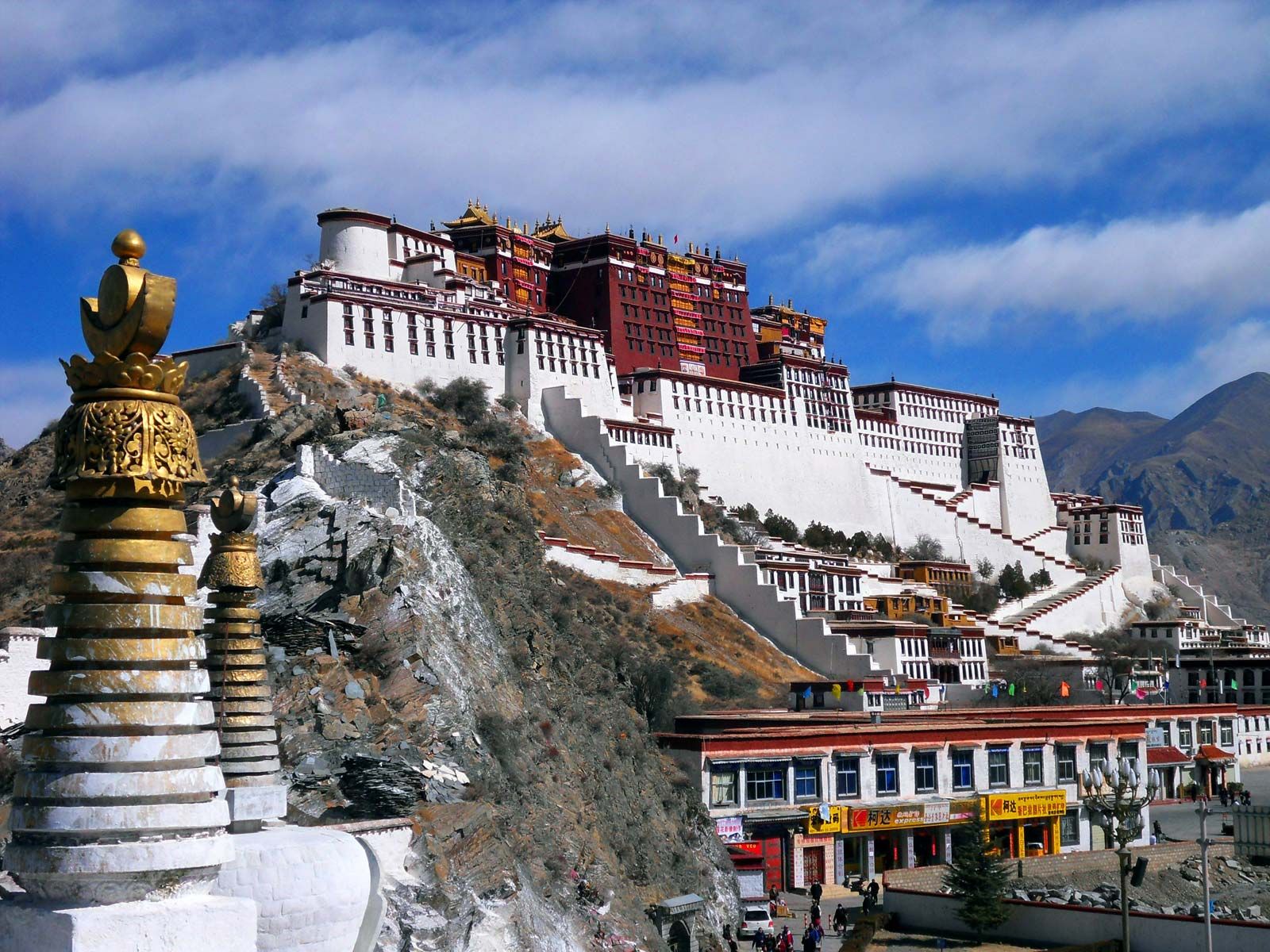Over the centuries, some countries have flourished and disappeared — erased by wars, political unions, colonisation, or peaceful mergers.
These ten nations once stood proudly on the global stage but no longer exist as independent entities:
1. Prussia
Once a dominant European power, Prussia shaped the politics and military culture of the continent for centuries. After Germany’s defeat in World War II, its territories were divided between Poland, Russia, and other parts of modern Germany. By 1947, Prussia had officially ceased to exist, remembered only in history books and architecture.
2. Yugoslavia
Created after World War I to unite various South Slavic peoples, Yugoslavia was a federation of six republics. Ethnic tensions and violent conflicts in the 1990s shattered that unity, leading to the formation of several independent nations including Serbia, Croatia, and Bosnia & Herzegovina.
3. Tanganyika
Before Tanzania existed, there was Tanganyika — a mainland territory once colonised by Germany and later administered by Britain. In 1964, it merged with the island of Zanzibar to create the United Republic of Tanzania, marking the end of Tanganyika as a separate country.
4. Czechoslovakia
Formed in 1918 after the collapse of the Austro-Hungarian Empire, Czechoslovakia survived Nazi occupation and communist rule before splitting peacefully in 1993. The event, known as the “Velvet Divorce,” created two new nations: the Czech Republic (now Czechia) and Slovakia.
5. Neutral Moresnet
A curious microstate between modern Belgium and Germany, Neutral Moresnet came into existence in the early 19th century because of a mining dispute. It became a haven for smugglers and dreamers, even attempting to adopt Esperanto as its official language, before Germany annexed it during World War I.
6. Abyssinia
Known historically as Abyssinia, this ancient African empire is the predecessor of modern Ethiopia. With a monarchy that lasted for centuries, it was finally replaced in 1974 when Emperor Haile Selassie was overthrown, paving the way for a new republic.
7. Tibet
Tibet functioned as a distinct nation for centuries, defined by its Buddhist culture and high-altitude geography. In 1951, Chinese forces took control of the region, and despite calls for independence, it remains an autonomous region under China.
8. Austria-Hungary
The Austro-Hungarian Empire was once a major European superpower, uniting dozens of ethnic groups under one crown. After its defeat in World War I, internal divisions and nationalist movements tore it apart, giving birth to several modern nations including Austria, Hungary, and parts of the Balkans.
9. Southern Rhodesia
Named after British imperialist Cecil Rhodes, Southern Rhodesia was a colonial state in southern Africa. It declared independence from Britain in 1965 but was not internationally recognised. After years of struggle, it became the Republic of Zimbabwe in 1980.
10. Sikkim
Perched in the Himalayas, Sikkim was once a small Buddhist kingdom ruled by the Namgyal dynasty. In 1975, after a referendum, it joined India and became one of its federal states — marking the end of its monarchy and independence.


